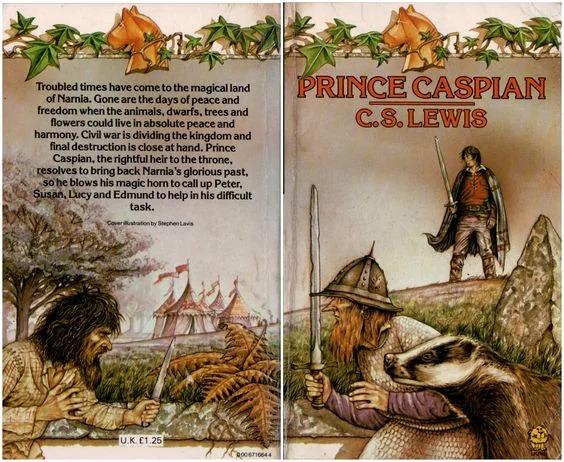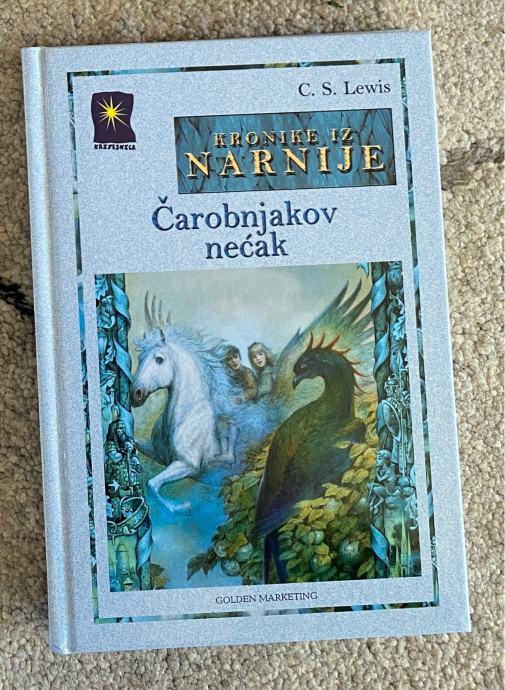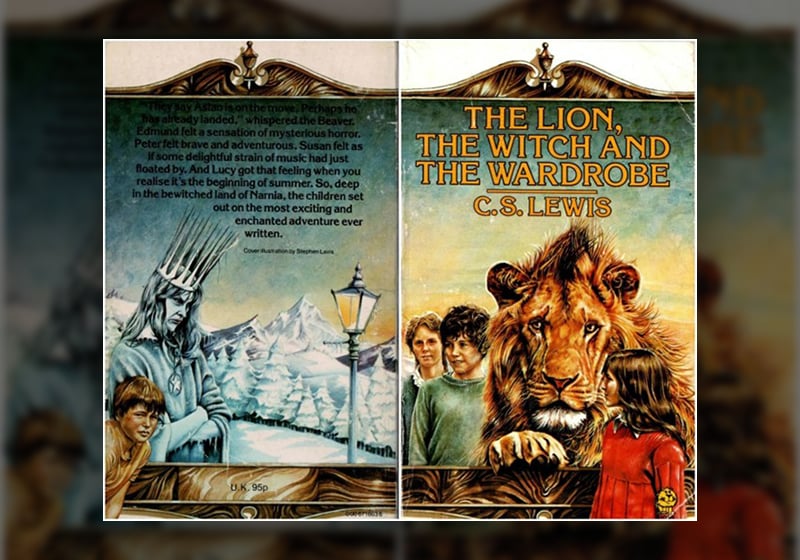Table of Contents
Everyone remembers the wardrobe from their childhood bedroom: a place populated with imaginary creatures good and bad, great and small. And the wardrobe as a portal to another world is a well-worn trope in children’s films, books and comics. But one stands head and shoulders above the rest: the wardrobe that leads to the magical world of Narnia…
The Chronicles of Narnia, C.S. Lewis’s fantasy saga published between 1950 and 1956, open with four children playing hide-and-seek in an old house who discover a wardrobe that leads to a fantastical universe inhabited by talking animals, wicked witches, duplicitous dwarves, a charismatic lion and many more weird and wonderful characters from the author’s fertile mind.

Originally devised as a game to entertain kids during bombing raids in the Second World War, the seven volumes that make up The Chronicles of Narnia are today considered classics of children’s literature. The saga has been translated into 47 languages with over 120 million copies sold worldwide. It’s also been adapted into everything from radio plays to theatre productions, TV series to films, including a Disney movie franchise in 2005 and a forthcoming film series on Netflix.
Today, we tell the story of The Chronicles of Narnia through its seven volumes and countless covers. Ready to find out what’s at the back of the wardrobe?
The covers for the first edition of The Chronicles of Narnia
The first vision of Narnia came to the mind of C.S. Lewis when he was just 16 years old. But it was only in 1939 that he seriously thought about turning it into a book, inspired in part by the three child evacuees from London whom he put up in his Oxford home. The manuscript for The Lion, the Witch and the Wardrobe – the first novel in The Chronicles of Narnia – was finally finished a decade later and published shortly afterwards in 1950 by Geoffrey Bles.

Illustrating this first book – and the entire series – are Pauline Baynes’s iconic pen and ink drawings.
The English artist had previously provided art for the works of J.R.R. Tolkien, including a handful of covers. Lewis and Tolkien were great friends, which probably helped Baynes win the commission for The Chronicles of Narnia.
It was a perfect match. Baynes’s subtle drawings illustrated many editions of The Chronicles of Narnia and, importantly, were much admired by the author.

The Lion, the Witch and the Wardrobe was followed by six more books recounting the complex world of Narnia, from its creation to the last battle. Their first editions were published between 1951 and 1956.

Pauline Baynes’s timeless covers
Pauline Baynes worked on hundreds of children’s books throughout her long career. But she will always be remembered as the artist who drew Narnia.
Indeed, so perfectly did her drawings capture the essence of C.S. Lewis’s imaginary world that they were still used in editions published well into the 2000s. Let’s look at some of Baynes’s best covers.
The first paperback set of The Chronicles of Narnia was published by Penguin in 1959. Here’s the cover for The Voyage of the Dawn Treader illustrated by Baynes.

In the space of five years, Baynes produced 350 pen and ink drawings for the inside pages of the first edition. Then, in 1998, almost 50 years later, she added watercolours to them for the HarperCollins edition of The Chronicles of Narnia released to mark the centenary of C.S. Lewis’s birth. Here’s the cover for the first volume, complete with new colour illustrations.

A special collector’s edition was published by HarperCollins in 2000 to celebrate the 50th anniversary of the first edition. Pictured is the cover for Prince Caspian with Baynes’s cover illustration.

A cover for the large-print edition published by ABC-Clio/Windrush in 1986.

Another eighties edition of The Chronicles of Narnia published in 1987 by All Collins. The Magician’s Nephew tells the story of Narnia’s creation.

The HarperCollins hardback edition published in 2006. It’s the new millennium but Baynes covers look as good as ever!

Stephen Lavis’s covers for The Chronicles of Narnia
The Chronicles of Narnia have worn many dust jackets over the decades – and not all of them were designed by Pauline Baynes! Among the covers most cherished by readers – especially children of the eighties – are Stephen Lavis’s creations.

Lavis had a unique style that used new and creative techniques. For some pieces, he would project photos of real-life teenagers onto his drawing board, which he then copied and combined with fantastical images from his own imagination.
Here we have two superb covers by Stephen Lavis. Above: The Lion, the Witch and the Wardrobe. Below: Prince Caspian.

Covers for The Chronicles of Narnia by Chris Van Allsburg, author of The Polar Express
Among the big names to have illustrated covers for C.S. Lewis’s saga, the work of one man stands out: Chris Van Allsburg, the American author and illustrator who is probably best known for his book The Polar Express, which was turned into a blockbuster film by Robert Zemeckis in 2004.

In 1994, HarperCollins commissioned Van Allsburg to design new covers for The Chronicles of Narnia. Simple yet spellbinding, they immediately transport readers into another world…
The Chronicles of Narnia covers with images from the film
Ever since The Lion, the Witch and the Wardrobe was first published in 1950, the world of Narnia has enchanted millions of children. But C.S. Lewis’s saga bewitched a new generation with the release of Disney’s adaptation for the big screen in 2005.

Director Andrew Adamson was given the challenge of bringing the first book in the series to the screen. Generally well-received by critics, the film performed decently at the box office, and new editions of the original books were published featuring images from the film on the covers.
But will there be a similar surge of interest in C.S. Lewis’s masterpiece – and a new series of book covers – with Greta Gerwig’s keenly awaited film adaptation for Netflix?
The Chronicles of Narnia: covers from around the world
Long before they were turned into films, The Chronicles of Narnia captured the imaginations of generations of children worldwide. The Lion, the Witch and the Wardrobe – the first book in the saga – has been translated into 47 languages, including Islandic, Hindi, Catalan and Indonesian (you can find the full list here).
We’ve put together a selection of the most interesting international covers for The Chronicles of Narnia, from the fifties to today.
We begin with two very different Italian covers for The Chronicles of Narnia. The first is from 1995 and aimed squarely at kids. The second – more modern – has broader appeal.

Did you know the name “Narnia” was inspired by Italy? Wondering what to call his imaginary world, the author opened an old Italian atlas and was taken with the sound of Narni, an ancient hilltop town in the centre of the country.
Next, we head to Germany, where this fantasy edition was published in the early 2000s.

Returning to the Mediterranean, here we have seven covers for a Spanish version that was released around the same time.

These two covers for Gallimard’s 2013 French edition use Pauline Baynes’s timeless illustrations.

This cover for a Croat edition features a classical fantasy design.

The cover for a Japanese edition of The Lion, the Witch and the Wardrobe. It, too, features Pauline Baynes’s classic watercolour illustrations.

Original artwork was commissioned for this Chinese box set of The Chronicles of Narnia.

Our adventure ends with these three sumptuous covers from an Arabic edition of The Chronicles of Narnia.

What’s your favourite cover from The Chronicles of Narnia? And where did it rank in this poll by NarniaWeb?

